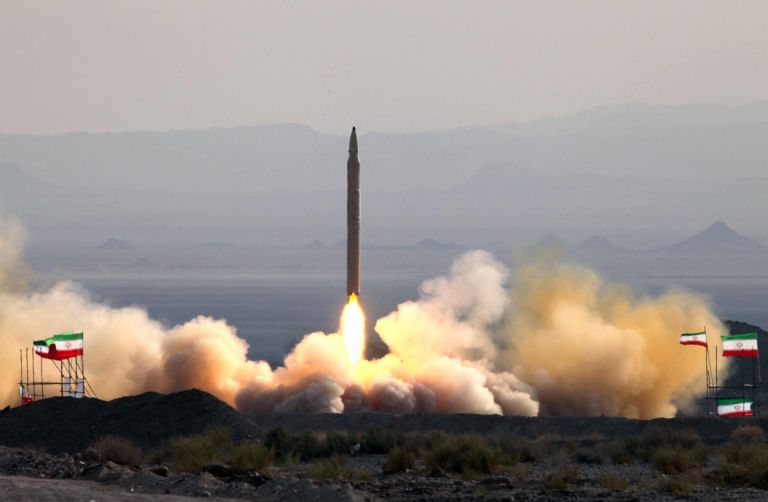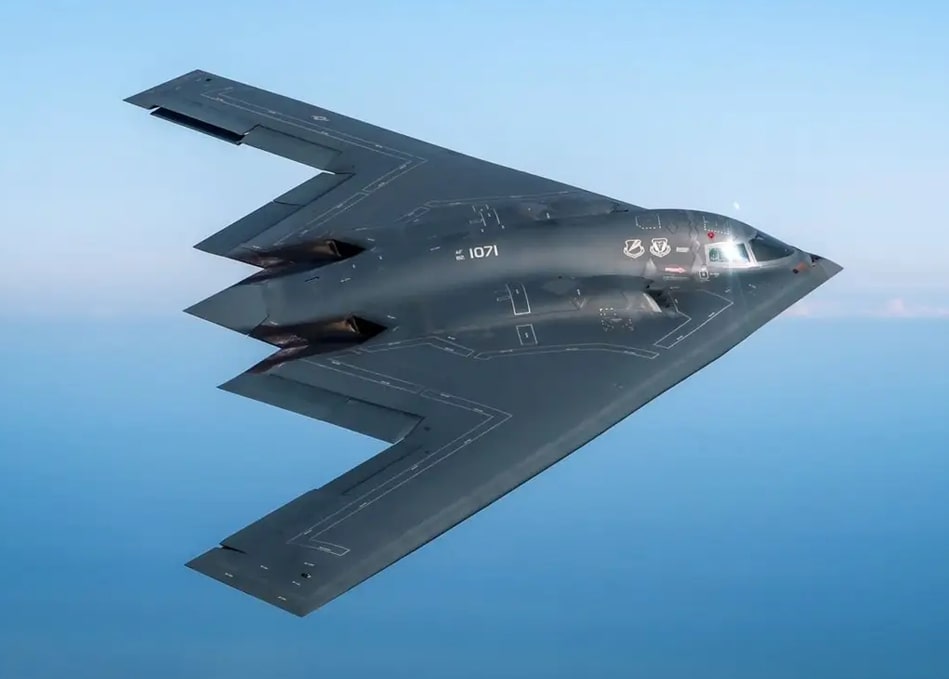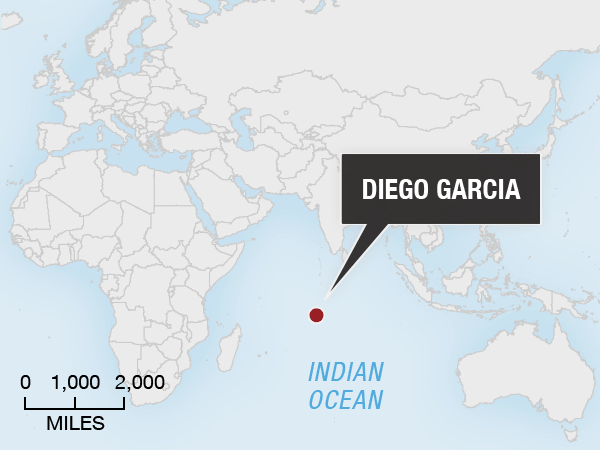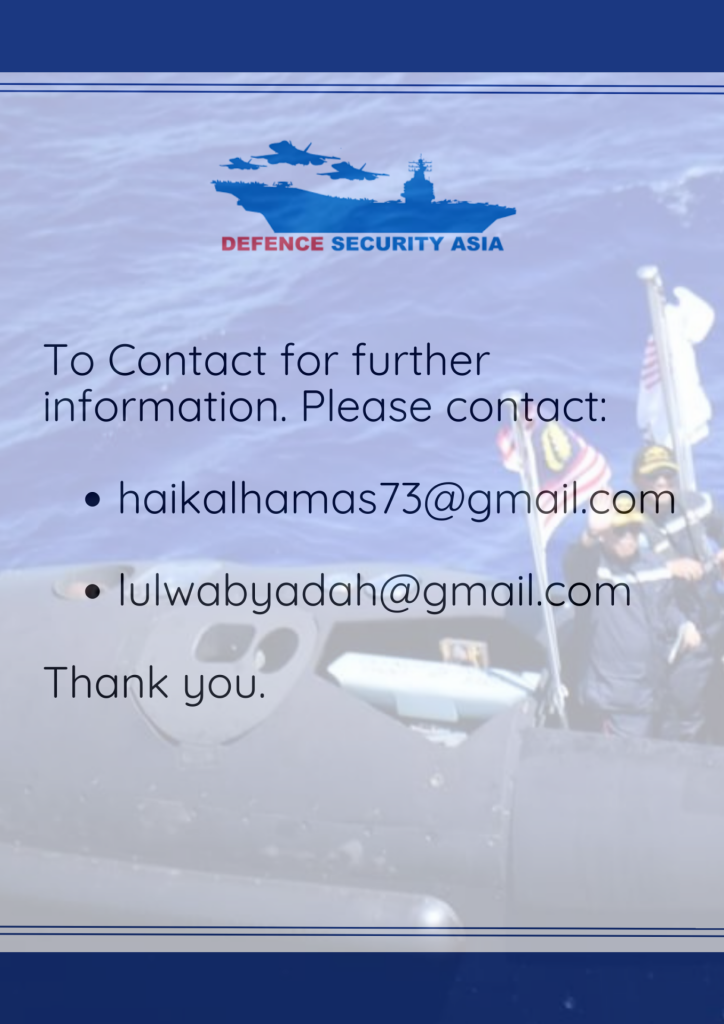Iran Issues ‘Fire-at-Will’ Order as U.S. War Machines Gather: Gulf Teeters on the Edge of War
This marks a significant shift from previous protocols, under which IRGC personnel were required to seek authorisation before opening fire, even after confirming the hostile nature of the intrusion.
(DEFENCE SECURITY ASIA) — Iran’s Islamic Revolutionary Guard Corps (IRGC) has issued a sweeping “Fire-at-Will” directive to its air defence units, empowering them to immediately engage any aircraft violating Iranian airspace without prior approval from higher command.
This marks a significant shift from previous protocols, under which IRGC personnel were required to seek authorisation before opening fire, even after confirming the hostile nature of the intrusion.
“In cases where air defence units have positively identified enemy aircraft violating the sovereign airspace of the Islamic Republic of Iran, regional air defence commanders no longer require prior authorisation to respond to the threat,” according to a report.
The directive appears to focus particularly on hostile unmanned aerial vehicles (UAVs), which have become a central feature of modern aerial surveillance and strike operations across the Middle East.
IRGC and associated Iranian air defence forces have since been placed on high alert, indicating a substantial elevation in the country’s readiness posture amid intensifying regional tensions.
The timing of the order coincides with escalating rhetoric from U.S. President Donald Trump, who has renewed his threats of military action over Tehran’s alleged pursuit of nuclear weapons capability.
Trump, who priorities aligned closely with Israeli security interests, warned that should Iran reject diplomatic engagement, the United States would initiate airstrikes “the likes of which they have never seen before.”

This latest declaration — blunt, escalatory, and overtly militaristic — came shortly after reports that Trump had sent a private letter to Iranian authorities proposing a new round of nuclear talks.
Iran continues to insist that its nuclear programme is entirely peaceful, designed for civilian energy production rather than the development of nuclear weapons.
In a swift rebuttal to Trump’s remarks, Iranian Foreign Ministry spokesperson Esmail Baghaei denounced the threat as “a blatant contradiction to the core principles of international peace and security.”
“Such threats constitute a gross violation of the United Nations Charter and breach the safeguards regime of the International Atomic Energy Agency (IAEA). Violence begets violence, peace nurtures peace — the choice is America’s to make,” he added.
Adding to the rising tensions, Brigadier General Amir Ali Hajizadeh, commander of the IRGC’s Aerospace Force, issued a pointed warning about the vulnerability of U.S. military forces stationed in the region.
“Those who live in glass houses shouldn’t throw stones. The United States has at least 10 military bases in the region, with 50,000 troops — meaning they themselves are sitting in a glass house,” Hajizadeh warned, referencing America’s expansive footprint in the Gulf.

These threats are unfolding against the backdrop of strategic U.S. military deployments, including the recent massing of long-range bombers and support aircraft at Diego Garcia — a vital power projection hub in the Indian Ocean.
Satellite imagery analysed by defence intelligence sources revealed the arrival of at least seven B-2 Spirit stealth bombers, three C-17 Globemaster III heavy airlifters, and 10 KC-135 and KC-46 aerial tankers at the base within a 48-hour window.
Diego Garcia, a British-administered atoll leased to the United States, sits at the crossroads of Asia, Africa, and the Middle East, making it a critical launch pad for U.S. air power and a keystone of American global strike capabilities.
The base is equipped with extended runways capable of supporting intercontinental missions by strategic bombers such as the B-2 and B-52, advanced communications arrays, and naval port infrastructure for supporting carrier and amphibious strike groups.
In a show of escalating military presence, the U.S. is now deploying a second aircraft carrier to the Middle East theatre, reinforcing its maritime dominance amid mounting regional friction.
Pentagon spokesperson Sean Parnell confirmed that the USS Carl Vinson will join the USS Harry S. Truman in regional waters “to continue promoting regional stability, deter aggression, and protect the free flow of commerce.”

“To complement CENTCOM’s maritime posture, the Secretary of Defense has also ordered the deployment of additional squadrons and air assets to further strengthen our defensive air-support capabilities,” Parnell added, underlining a broader shift toward layered air defence and power projection.
These moves come as U.S. forces intensify their air campaign against Houthi militant targets in Yemen — part of a broader pressure strategy aimed at Iranian-backed proxies and Tehran’s regional influence network.
Amid reports of a heavy American bomber presence at Diego Garcia, Iranian leadership has threatened preemptive missile and drone strikes on the base if the United States launches military action against the Islamic Republic.
Iranian state media assert that the country now possesses the strategic reach and precision to hit Diego Garcia, which lies over 5,000 kilometres from Iranian territory, using its latest generation of indigenous weapon systems.


“Iran has sufficient military capability to carry out such an attack from within its borders, including the latest variant of the Khorramshahr medium-range ballistic missile and the Shahed-136B loitering munition drone with an operational range of 4,000 kilometres [2,485 miles],” Iranian media reported, quoting anonymous senior defence officials.
The Khorramshahr series, believed to be capable of carrying multiple warheads, and the Shahed-136B, a precision-guided suicide drone, together underscore Iran’s growing emphasis on asymmetric deterrence and long-range strike capability in the event of open conflict with U.S. forces.
As tensions spiral, the Gulf region once again teeters on the brink — caught in a high-stakes contest of missile doctrines, drone warfare, and strategic posturing with potentially global ramifications.
— DEFENCE SECURITY ASIA


